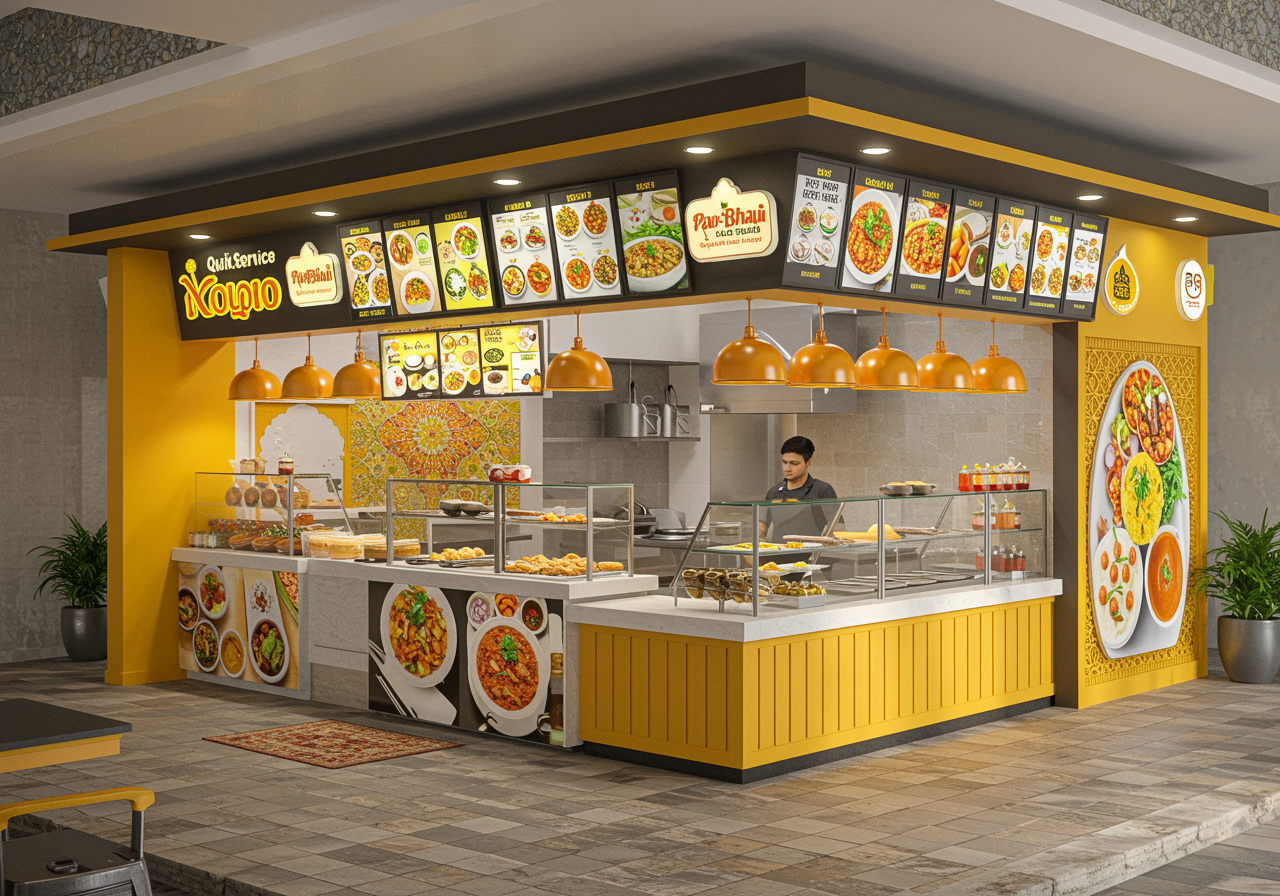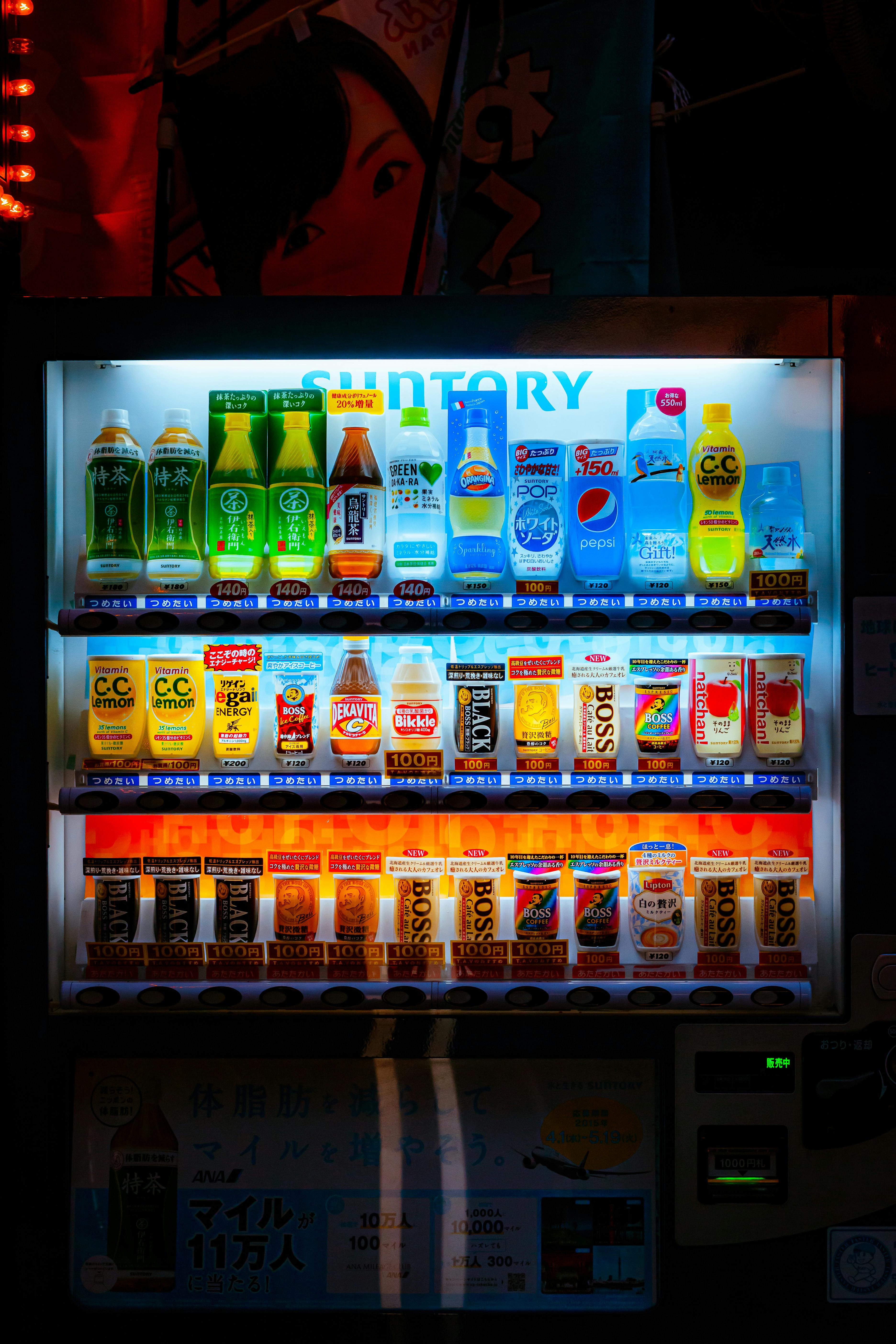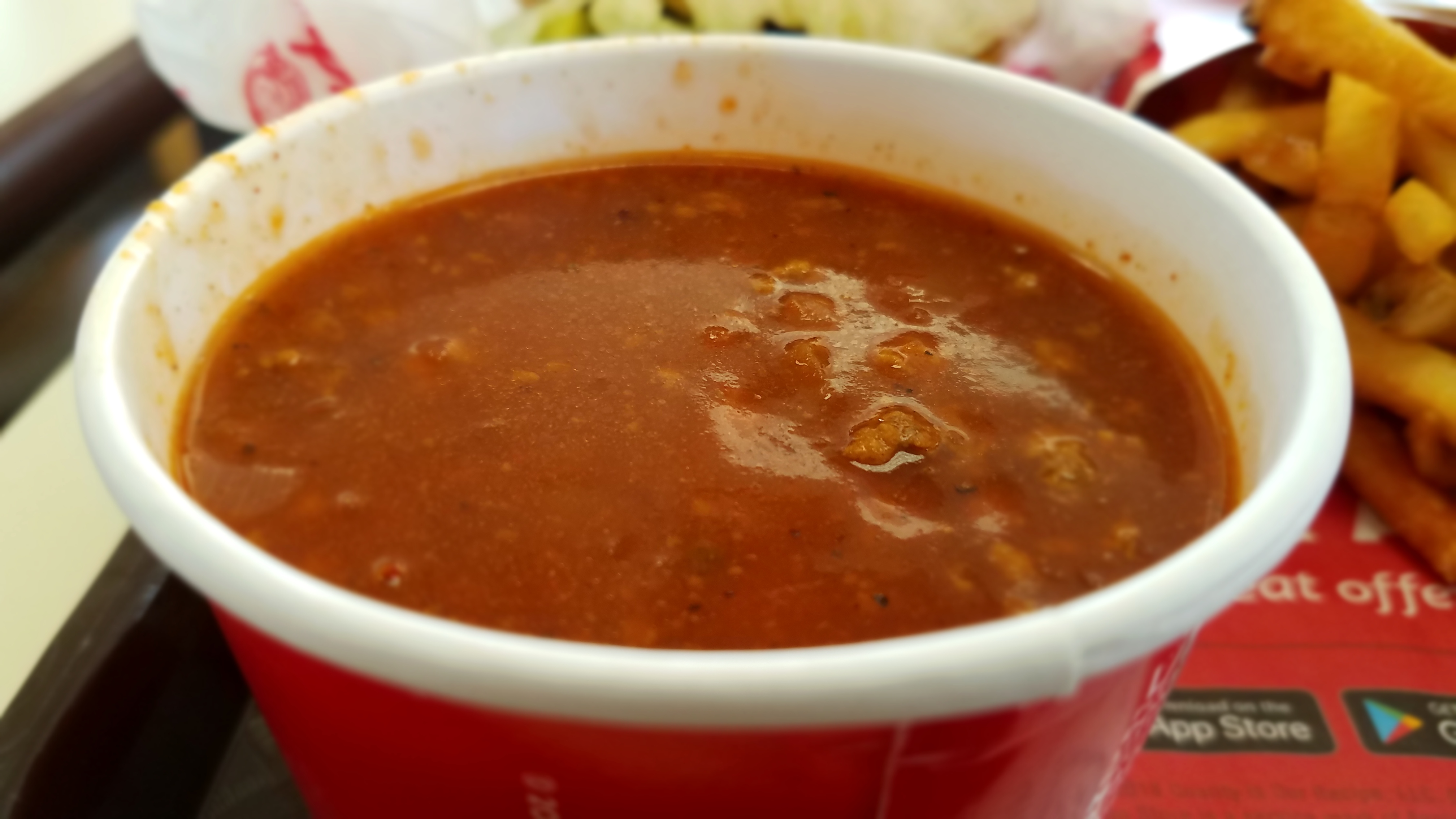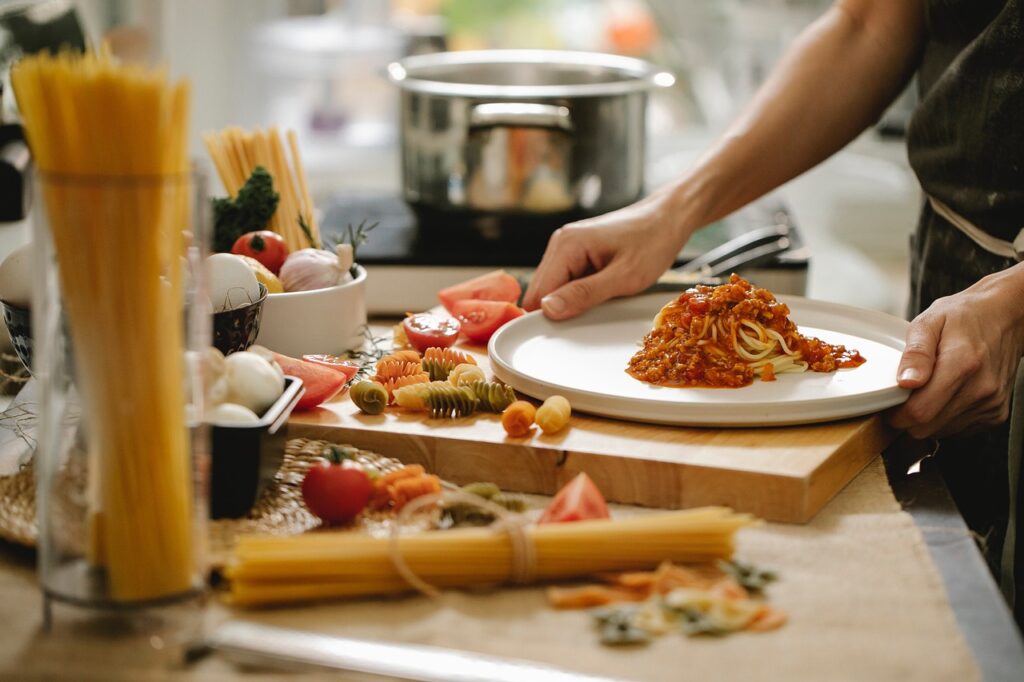
Fast food is supposed to be a quick fix—cheap, satisfying, and incredibly convenient when hunger strikes and time is short. We’ve all been there, staring at those glowing menu boards, mesmerized by colorful pictures promising deliciousness. But here’s the unvarnished truth: not every item on offer deserves your hard-earned cash, your precious time, or frankly, your stomach space. Behind the catchy names and glossy marketing, many fast-food items are hiding some pretty unappetizing secrets. They’re either slapped together with less-than-stellar ingredients, drowning in grease, or just taste plain awful—often repeat offenders with stale buns, soggy toppings, or rubbery meat.
The allure of the drive-thru is strong, especially after a long day or when you’re on the go. You trust these brands, sometimes blindly, but even the biggest names in the game are guilty of pushing out disappointing dishes that look far better in the ads than they ever do in real life. We’re talking about menu items that range from nutritional nightmares to ones with sketchy prep practices or even reheated leftovers. You might think you’re snagging a deal, but a lot of these selections can end up as expensive regrets, leaving you feeling less than satisfied.
So, before you pull up to that speaker or tap “confirm” on your next mobile order, take a moment. We’ve trawled social media platforms, from Reddit to TikTok, to bring you exclusive insights directly from former fast-food employees at your favorite chains. These are the insider tips, the candid confessions, and the undeniable reasons why certain items are best left untouched. Get ready to peel back the curtain, because these are 14 menu items fast-food workers secretly hope you never order, starting with the first seven confessions straight from the source.

1. **Beverages from Soda Machines**You might think you’re just getting a refreshing soda, but according to many fast-food workers, what’s lurking in those beverage dispensers is far less palatable. The real issue isn’t the carbonated syrup; it’s the machines themselves. These frequently neglected dispensers are often overlooked during routine cleaning schedules, leading to a build-up of residue, mold, and bacteria over time. While the average customer might notice a slightly off taste and shrug it off, the reality behind the nozzle is often far grimmer.
Imagine a soda nozzle, constantly exposed to air, sticky syrup, and countless hands (even indirectly through cups). If it’s not cleaned diligently, it becomes a breeding ground for all sorts of microscopic nasties. Workers report that internal lines and dispensing nozzles can accumulate grime that would make even the least squeamish among us reconsider our drink choice. This isn’t just about aesthetics; it’s about what you’re unknowingly ingesting with every sip.
The problem is exacerbated by the sheer volume of drinks served, meaning these machines are in constant use but rarely get the thorough scrub-down they desperately need. So, while you’re enjoying your fizzy drink, there’s a good chance you’re also sampling a cocktail of whatever has been growing in the neglected nooks and crannies of the dispenser. It’s a silent, unseen issue that most customers are completely unaware of, but insiders know better.
Given these unsettling revelations, next time you’re parched at a fast-food joint, you might want to play it safe. Fast-food workers themselves often opt for bottled drinks for a reason. Sticking to sealed, pre-packaged beverages is a simple way to bypass the potential hygiene hazards of those communal soda machines and ensure your drink is as clean and fresh as you expect it to be. Your taste buds—and your gut—will thank you.
Read more about: Fizzled Out & Forgotten: 12 Classic Soft Drinks That Vanished from Grocery Store Shelves

2. **Little Caesars Thin Crust Pizza**When you crave a quick, affordable pizza, Little Caesars often comes to mind. Their classic offerings are made with freshly prepared dough, offering that familiar, satisfying chew. However, when it comes to their thin crust option, insiders reveal a starkly different story. Unlike its thicker, in-house-made counterpart, the thin crust pizza starts with a significant disadvantage: it comes pre-made, arriving at the store already flattened and formed.
The real kicker, according to former employees, is how these pre-made crusts are stored. They’re often left in open cardboard boxes, exposed to the elements of the kitchen, for days—sometimes even weeks—before they’re finally topped and baked. This extended exposure and lack of proper sealing means the crust can grow stale, lose its structural integrity, and absorb ambient odors, long before it even sees a dash of sauce.
While the intense heat of the oven might “nuke” away some immediate concerns, it can’t magically restore freshness or texture to a crust that’s been lingering for an unreasonable amount of time. Customers might perceive the flavor as “okay” because of the toppings, but the foundation of the pizza is already compromised. This aged crust can result in a brittle, cardboard-like texture that crumbles rather than crisps, or it might just taste utterly bland and forgettable, failing to deliver the satisfying base a good pizza demands.
So, if you’re heading to Little Caesars with a pizza craving, insiders strongly advise sticking to their classic, regular crust options. These are typically prepared fresh in-store, offering a much better chance of getting a product that lives up to expectations in terms of taste and texture. Don’t fall for the thin crust gimmick if you want genuine freshness and a truly enjoyable slice.
Read more about: The Indulgence Dilemma: 15 Fast Food Giants Still Sidestepping the Healthy Eating Revolution

3. **Yogurt and Ice Cream Toppings**Ah, the toppings bar—a kaleidoscope of color and promise, especially at places offering yogurt or ice cream. Those vibrant Fruity Pebbles, chewy gummy bears, and other sweet treats look undeniably fun and alluring, inviting you to create your perfect custom dessert. But here’s a spoonful of cold, hard reality from the folks behind the counter: those colorful additions might be a lot older than you think, and not in a good, aged-like-fine-wine way.
Workers confess that rarely used toppings, particularly the more niche or less popular choices, are frequently put back out day after day. This isn’t just about visual appeal; it means they’re growing stale, losing their intended texture, and potentially becoming a breeding ground for unseen issues. Imagine gummy bears turning rock-hard or cereal becoming a dusty, flavorless crunch—it’s far from the fresh, delightful experience you’re hoping for when building your dessert masterpiece.
The constant exposure to air, fluctuating temperatures, and the possibility of cross-contamination from various scoops (and sometimes, let’s be real, less-than-hygienic customer practices) further degrades their quality. That “rainbow chaos” might look enticing, but it’s often a testament to how long these items have been lingering on display, far past their prime freshness. You’re essentially paying for toppings that have lost their spark, offering diminishing returns on flavor and texture.
For a safer, and frankly, more reliably delicious experience, fast-food employees suggest a simple strategy: stick to plain yogurt or ice cream. This way, you avoid the gamble of old, stale, or questionable toppings, ensuring that your treat is as fresh and satisfying as possible. Sometimes, less truly is more, especially when it comes to shared topping bars with uncertain shelf lives.
Read more about: Mastering the Art of No-Bake Desserts: 11 Foolproof Strategies to Achieve Perfect Setting Without Gelatin
4. **Ice**Ice seems like the most innocent component of any cold drink. It’s just frozen water, right? What could possibly go wrong? Well, according to numerous fast-food workers, a lot can go wrong, and it almost always does. The machines that produce this seemingly innocuous element are often the most neglected pieces of equipment in the entire establishment when it comes to routine cleaning schedules.
Over time, this oversight leads to a disgusting reality: mold and bacteria can build up inside the dispensers and ice-making mechanisms. Picture slime and dark spots in hidden crevices that are rarely, if ever, seen by customers. This contamination then becomes part of every batch of ice produced, infecting your otherwise clean beverage with unseen microbes. It’s a sobering thought that your refreshing iced tea might come with a side of unsanitary growth.
The horror stories from fast-food workers are consistent and alarming. They will tell you that it’s not unusual for ice machines to be cleaned once every few months—if at all. This infrequent maintenance schedule creates ideal conditions for bacterial growth, especially given the damp environment. So, while you might be focused on the flavor of your drink, the biggest potential health risk could be swimming around in your cup.
Given this chilling truth, workers often advise caution. When in doubt, or if you simply prefer to avoid the gamble, opt for your drink without ice. It’s a simple request that can save you from consuming potentially contaminated water and ensures you’re only enjoying the beverage you intended to order, free from any uninvited microscopic guests. Sometimes, the safest bet is to skip the crystal-clear cubes altogether.
Read more about: Guard Your Investment: 14 Common Mistakes That Instantly Slash Your Classic Car’s Value by $10,000
5. **Starbucks Iced Oleato**Starbucks often pushes the boundaries with intriguing new beverage concepts, and the olive oil-infused Oleato line certainly captured attention. The hot Oleato latte, with its “cozy Cheerios-like flavor,” initially sounded like a daring but potentially delicious venture. However, when it comes to the iced version of this innovative drink, fast-food workers have a clear message: proceed with extreme caution, or better yet, skip it entirely.
The fundamental issue, as reported by baristas, lies in the incompatibility of olive oil with cold beverages. While it might blend somewhat acceptably into a hot latte, the olive oil simply doesn’t play well with ice and chilled coffee. Instead of emulsifying into a smooth, integrated drink, the oil tends to separate, floating stubbornly on top of your beverage. This creates an unappetizing, slick layer that undermines the entire drinking experience.
Imagine taking a sip of your iced coffee and getting a mouthful of greasy olive oil before you even taste the coffee itself. It’s visually off-putting, texturally unpleasant, and fundamentally fails to deliver the harmonious flavor profile Starbucks aims for. Workers describe it as a consistent mess, one that often leaves customers confused or disappointed. The very nature of oil and water (or in this case, coffee) resisting each other means the iced Oleato is fighting an uphill battle from the start.
So, if your curiosity about the Oleato line is piqued, and you absolutely must try it, fast-food employees strongly advise sticking to the hot version. This way, you might actually experience the intended flavor without the unfortunate separation and slick texture that plagues its iced counterpart. It’s a classic case of an interesting concept failing to translate effectively into a cold format.

6. **Overloaded Pizzas**Who doesn’t love the idea of piling on extra toppings at their favorite pizza chain? It seems like a genius move, a way to get maximum deliciousness and value for your money. You imagine a glorious, overflowing pie, bursting with pepperoni, sausage, peppers, and onions. However, the insider perspective from pizza makers reveals a less generous reality that might make you think twice about adding that third or fourth topping.
According to fast-food workers, many pizza chains operate with a strict topping chart or system that dictates the total quantity of toppings per pizza. This means that if you choose to load up with extra options, you’re not necessarily getting a mountain of *each* topping. Instead, the total amount of ingredients remains relatively constant, but it’s distributed across more varieties. The unfortunate consequence? You end up with less of each individual topping than you would have if you’d stuck to fewer choices.
Essentially, you’re paying a premium for the *illusion* of abundance. That triple pepperoni pizza, for example, might contain the same overall weight of meat as a double pepperoni pizza, just spread thinner. This subtle but significant practice can lead to disappointment when your supposedly “overloaded” pizza arrives looking sparser than expected, especially on individual topping portions. It’s a clever trick that benefits the chain’s cost-cutting measures more than it does your craving for a topping-heavy slice.
To truly get the most bang for your buck and ensure a satisfying distribution of your favorite ingredients, pizza insiders recommend sticking to a maximum of two toppings. This strategy allows the kitchen to allocate a more generous amount of each chosen topping, guaranteeing a richer, more flavorful experience without feeling like you’re paying extra for less. Sometimes, restraint is the key to pizza perfection.
Read more about: Dwayne Johnson’s 10,000-Calorie Cheat Day: An Insider’s Deep Dive into the Epic Feat and Its Surprising Science

7. **Starbucks Sandwiches**Starbucks has cultivated an image of a sophisticated café, offering more than just coffee—their display cases feature an array of pastries and sandwiches that look like the perfect accompaniment to your morning latte. The convenience of grabbing a seemingly fresh breakfast or lunch on the go is undeniably appealing. Yet, according to numerous Starbucks employees, the reality behind these neatly packaged sandwiches is far less artisanal than their appearance suggests.
Workers reveal that these sandwiches are not freshly prepared in-store, a fact that often surprises many customers who expect café-quality freshness. Instead, they arrive at the venues frozen, pre-assembled in distant facilities. Upon order, staff simply pop them into a convection oven or microwave for reheating. While this process makes them safe to eat and generally palatable, it undeniably strips them of the vibrant freshness and textural integrity you’d associate with a truly fresh meal.
This reliance on reheating means the eggs can have a rubbery texture, the cheese might not melt perfectly, and the bread can often become dry or chewy, losing the soft, inviting qualities of a freshly baked item. You’re essentially paying a premium price for a microwaved meal, albeit a nicely branded one. It’s the kind of convenience that prioritizes speed and consistency over genuine quality and the delightful experience of freshly made food.
So, while a Starbucks sandwich might serve its purpose in an emergency when you desperately need a quick bite, workers suggest that if you’re truly seeking a fresh, quality meal, you might be better off exploring local cafés or bakeries that prepare their food on-site. Save your Starbucks visits for their expertly crafted beverages, and opt for a fresher bite elsewhere to avoid paying top dollar for reheated convenience.
Read more about: Cracking the Code: 13 Restaurant Favorites We Thought We’d Never Replicate at Home

8. **Wendy’s Chili**Alright, let’s talk about Wendy’s chili. This comfort food classic has a dedicated fanbase, but what if we told you there’s a secret ingredient that might make you think twice before spooning up another mouthful? The inside scoop from workers is that this hearty bowl is often made from leftover hamburger patties. Yep, those beef patties that didn’t quite make it onto a burger are given a second life.
Now, while repurposing food can be a great way to reduce waste, it also means the meat in your chili has essentially been cooked twice. Insiders report that these patties can be dry from their first go-round, frozen, reheated, and sometimes even mixed with hot water to rehydrate them. You might be getting beef that’s been sitting around for a while, potentially up to a week in some reported cases.
This double-cooked, sometimes rehydrated meat can lead to an inconsistent texture—chunky and mushy in turns—and a flavor profile that relies heavily on a seasoned bean and tomato base. That robust seasoning? It might just be there to mask the repurposed beef’s less-than-stellar qualities. Plus, for all its comforting appeal, Wendy’s chili packs a hefty punch of sodium.
So, if you’re a die-hard chili fan, you’re now armed with the insider knowledge. If the idea of twice-cooked, possibly week-old beef doesn’t dampen your enthusiasm, then dig in! But if you’re chasing that truly fresh, homemade chili vibe, you might be better off sticking to Wendy’s baked potato or whipping up a batch at home. Just know what’s simmering in that bowl.
Read more about: Cracking the Code: 13 Restaurant Favorites We Thought We’d Never Replicate at Home
9. **Buffet and Salad Bar Items**The allure of a buffet or salad bar is undeniable: endless choices, colorful displays, and the freedom to pile your plate high. It feels like a cornucopia of culinary delights! But here’s where fast-food workers raise a red flag, and it’s a big one when it comes to hygiene: buffets and salad bars are notoriously difficult to keep sanitary, even with the most vigilant staff.
Imagine this scenario: multiple guests, bare hands, shared serving utensils, and the occasional “accidental” double-dip. It’s a recipe for cross-contamination, and it happens more often than you’d like to think. Workers confess that keeping everything pristine is a constant, uphill battle. From people sampling directly from ladles to uncovered sneezes, these communal food stations are a hotbed for microscopic exchanges.
The constant exposure to ambient air also means that perishable items can degrade in quality and temperature faster than desired, creating ideal conditions for bacterial growth. Even with regular stirring and replenishment, the risk factors are significantly higher compared to items prepared fresh behind the counter. That vibrant salad might be wilting, and those hot items might not be hot enough to deter unseen nasties.
So, while the variety is tempting, the wise move, according to those in the know, is to tread carefully. For a safer, and frankly, more reassuring dining experience, opt for pre-packaged salads or items that are made to order. Skipping the free-for-all buffet can help ensure your meal is as clean and fresh as you expect it to be, minus the communal gamble.
Read more about: A Guide to Carlsbad’s Culinary Gems: Exploring 14 Must-Visit Restaurants for Every Palate

10. **McDonald’s Ice Cream Machines**Ah, the legendary McDonald’s ice cream machine. How many times have you heard it’s “broken”? Well, according to countless employees, that classic excuse often carries a hefty grain of truth, but not always for the reasons you might suspect. Sometimes, it’s not truly broken; it’s just a massive pain to clean, leading to frequent neglect.
Workers have candidly shared that these complex machines are incredibly difficult to sanitize properly. This means they often go for long stretches without the thorough cleaning they desperately need. And what happens when a dairy-based machine isn’t cleaned diligently? You guessed it: bacterial growth and even mold can start to build up inside the internal lines and dispensing mechanisms.
One former employee even dished on Reddit about “the mold that likes to grow in the liquid mix,” a detail that could turn even the most devoted McFlurry fan into a skeptic. This isn’t just about an “off” taste; it’s about potentially ingesting some truly unsettling microscopic hitchhikers with your sweet treat, especially when the weather warms up.
While some employees might genuinely use the “broken” excuse to avoid a busy cleaning task, the underlying issue of neglected hygiene is a consistent worry. So, the next time you’re craving a McFlurry or a cone, consider if you’re feeling lucky. If not, perhaps save your ice cream craving for a spot with a more transparent (and hygienic!) cleaning routine.
Read more about: Cruising Through a Golden Era: MotorTrend’s Definitive Look at the Most Significant Cars of the 1950s

11. **Burger King Chicken Nuggets During Slow Hours**Chicken nuggets: the ultimate grab-and-go snack, crispy on the outside, tender on the inside. When they’re fresh out of the fryer, they’re a treat. But what happens if you order them during off-peak hours at Burger King? That’s when workers advise a strategic retreat, because you’re likely getting reheated leftovers that have seen better days.
To minimize waste, staff sometimes keep batches of nuggets warm for extended periods, far past their prime crunchiness. This prolonged sitting under heat lamps or in warmers does no favors for their texture or taste. You’re trading that fresh-fried crisp for a dry, rubbery, and often bland bite that completely misses the point of a good nugget.
Imagine biting into what should be a satisfying, savory piece of chicken, only to find it chewy, lukewarm, and utterly devoid of zest. It’s a culinary letdown that’s entirely avoidable if you’re simply strategic about your order time. The goal is a quick, satisfying bite, not an exercise in reheating endurance.
So, if your nugget craving strikes during the lunch rush or peak dinner hours, you’re probably safe—the kitchen will be making fresh batches constantly. But if you’re pulling up to the drive-thru late at night or in the sleepy hours of the afternoon, consider passing on the nuggets. Your taste buds will thank you for waiting for a truly fresh batch, or opting for something else entirely.
Read more about: Remember These? 12 Iconic Fast Food Menu Items We Still Seriously Miss!

12. **Panera Bread Soup in a Bread Bowl**Panera Bread has built a reputation on its comforting soups and artisan bread. A soup served in a freshly baked bread bowl sounds like the ultimate cozy indulgence, right? It’s a picturesque meal. However, according to employees, the “freshly baked” part of the equation, specifically for the bread bowl itself, isn’t always as accurate as customers might hope.
The revelation from workers is that these inviting bread bowls often sit out for hours before they’re filled with your chosen soup. While the bread is still perfectly edible, this extended exposure to the air means it might not retain that soft, pliable texture or robust flavor you’d associate with something just pulled from the oven. It can start to dry out, becoming a bit tougher or less aromatic.
You’re essentially getting a soup container that’s seen a bit of life before it makes its grand entrance. While the warmth of the soup might revive it slightly, it won’t magically restore the qualities of a truly fresh, piping hot bread bowl. The crust might be harder to tear, and the interior less absorbent, detracting from that perfect, harmonious soup-and-bread experience.
So, if you’re a devoted Panera soup enthusiast, and you want to ensure the freshest possible experience, here’s the insider tip: consider ordering your beloved soup in a regular bowl. This way, you avoid the gamble of a pre-lingering bread bowl and can still enjoy your soup with a side of freshly sliced bread, guaranteeing maximum softness and flavor.
Read more about: Cracking the Code: 13 Restaurant Favorites We Thought We’d Never Replicate at Home
13. **Gas Station Fast Food Items**When you’re on a long road trip or just desperately need a quick bite, gas station fast food can look like a beacon of hope. Chains like Speedway or 7-Eleven often tempt with pizzas, burgers, and hot dogs under heat lamps. They’re convenient, certainly, but workers will tell you that convenience often comes at a steep price: quality.
The stark reality is that these items are frequently prepared hours—sometimes even days—before they’re sold. They then sit under those heat lamps, slowly but surely drying out, losing their texture, and often becoming utterly flavorless. That “hot and ready” pizza might be hot, but it’s far from ready to impress your palate.
Imagine a burger with a dried-out patty and a rock-hard bun, or a hot dog that’s shriveled and rubbery. These aren’t culinary experiences; they’re exercises in basic sustenance. You’re paying for the convenience, not for a meal that offers genuine enjoyment or nutritional value. It’s the kind of food that fills a void, but leaves you feeling unsatisfied and possibly a little regretful.
So, if hunger strikes while you’re fueling up, the smart move is to bypass the prepared hot foods. Stick to packaged snacks, fresh fruit, or drinks that are sealed. Your taste buds and your wallet will thank you for avoiding the dried-out, overcooked, and often overpriced offerings that have been waiting under a lamp far too long.
Read more about: Beyond the Rig: 12 Game-Changing Essentials Long-Haul Truckers Swear By (But Rarely Talk About)

14. **Subway Tuna Salad**Subway’s tuna salad has been a source of controversy and customer debate for years, and it’s a menu item that many employees consistently advise against. Forget the lawsuits questioning its actual tuna content; the practical realities of its preparation and shelf life are enough to make anyone reconsider.
Workers have revealed that the tuna salad is made in large batches, mixed with mayonnaise, and then stored in the prep fridge for hours, or sometimes even days. While it’s kept cold, its freshness—and frankly, its appeal—diminishes significantly over time. Mayonnaise-based salads, especially when exposed to air during serving, can be particularly susceptible to losing their zing.
The texture is often described as a paste rather than flaked fish, and any natural tuna flavor is usually completely overshadowed by the heavy dose of mayonnaise. Many employees simply advise customers to “never eat the tuna” without even needing to explain why, citing the off-putting smell alone as a major deterrent, especially if you’re trying to enjoy your sandwich in the restaurant itself.
If you’re heading to Subway with a craving for a protein-packed, fresh sandwich, the tuna salad might be the least trustworthy option on the menu. For a truly satisfying and fresh experience, opt for one of their other protein choices that are sliced or prepared right in front of you. Skip the mysterious tuna salad for something you can trust to be at its best.
**The Bottom Line: Convenience at What Cost?**
There you have it—a deep dive into 14 menu items that fast-food workers themselves often steer clear of. From questionable cleaning practices to ingredients that linger past their prime, and from nutritional nightmares to dishes that simply don’t deliver on taste or texture, the world of fast food holds more secrets than those glossy ads let on.
Fast food is undeniably both convenient and, let’s be honest, sometimes utterly delicious. It’s designed for speed and satisfaction in a pinch. But as these insider confessions highlight, that convenience often comes with trade-offs. It’s about making informed choices, understanding what’s really happening behind the counter, and knowing when to indulge and when to simply say “no thanks.”
Read more about: Saul Zabar: The Unseen Architect Who Built a New York Institution, Passing at 97
So, the next time hunger strikes and you find yourself staring at a fast-food menu, remember these insights. Will you still occasionally grab that item you know is a gamble? Perhaps. We all have our guilty pleasures. But at least now, you’re going in with your eyes wide open, ready to make a choice that truly satisfies—without the side of regret. Choose wisely, friends, and may your fast-food adventures be ever fresh and genuinely delicious!





